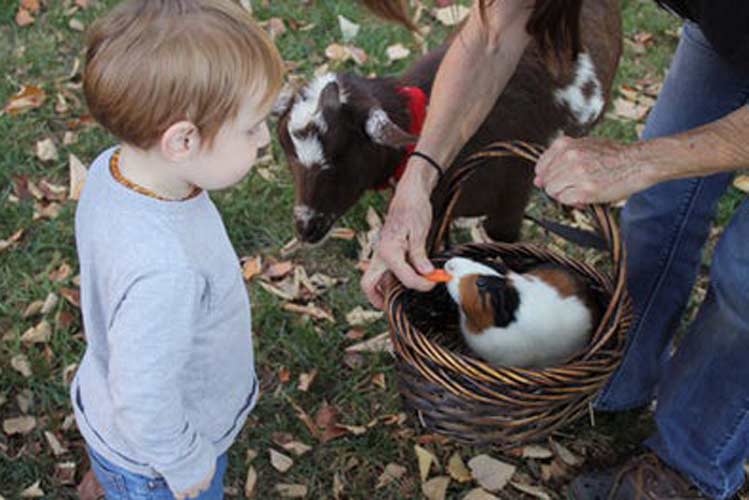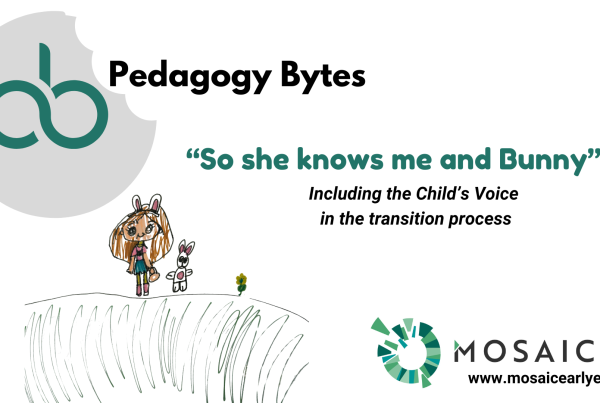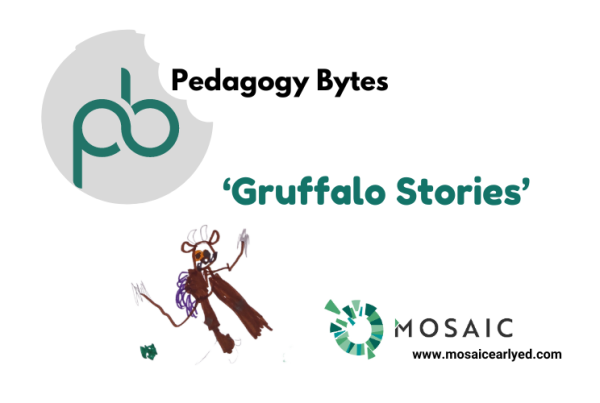It is the teaching skills and practices of the Skillful Educator that make daily interactions with children an educational experience. This Knowledge Byte outlines 7 pedagogical techniques and strategies that Educators can use to reinforce, consolidate and move children’s learning and development forward.
1. Empowering
Empowering about helping children gain a sense of inner confidence, courage and strength to successfully surmount whatever life presents. The act of empowering children is a process of guiding them to feel and believe that they are powerful. As an early childhood teaching technique empowerment involves giving children the power to develop strong personal dispositions such as confidence, self-image, and resilience. For example, empowering a child from a minority culture to feel included, empowering a child with SEN to participate equally, empowering a child who is shy to build relationships.
The Educator helps children to:
- feel good about themselves (I am special activities)
- build children’s capacity (what are they good at/interested in)
- build positive relationships with others (sharing, friend activities, stories)
- solve problems as part of the daily routine (explore concept of fair/unfair in developmentally appropriate way)
- learn to stand up for themselves (using words to say how they feel)
- through meaningful activities and resources, help children learn to appreciate and respect difference in culture, ability, race and gender.
2. Positioning
Positioning is the process of placing objects in relation to each other or in relation to people. As a teaching technique, positioning involves placing learning materials to support and enhance children’s learning. Educators need to decide with each other or with the children how they will place materials and equipment to facilitate social interaction in the learning environment. For instance, they can make places available for adults and/or children to sit individually, sit in groups, sit on the floor, sit on chairs, stand and move about.
They need to decide what equipment will be placed within easy reach of the children, what equipment only adults will be able to access, how possible it will be for children to work in small and large groups, how large the groups will be and what spaces will encourage individual exploration and thinking.
3. Scaffolding
Scaffolding enhances children’s learning and development as the process offers temporary guidance or support to enable children to move from one level of competence to another. The guidance can be either verbal or non-verbal and increases the child’s level of competence in all areas of learning and development.
Educators need to be ‘tuned-in’ to children’s abilities, interests and strengths and to respond by providing appropriate scaffolding techniques.
Successful Scaffolding
- Closely observe the child’s competencies, abilities and skills. Ask yourself, What can she do alone or with a little assistance? Has she tried to do this before? What activity would challenge her and take her to the next level of competency?
- Spend time with the child. Support and guide the child to move from one level of competency to the other. Provide the necessary resources, equipment or verbal guidance.
- Continue to observe the child’s progress, extending understanding, competency and skill through other techniques such as questioning, praising, modelling, confirming.
4. Co-constructing
As a teaching strategy, co-construction describes how the Educator and the child form meaning and build knowledge about the world with each other. Co-construction happens when you explore multiple ways of explaining something or working out a problem. The mutual involvement between the Educator and the child makes the process exciting, stimulating and enriching. Therefore, co-construction is an effective teaching technique for extending children’s level of understanding and the ability to express this understanding in any area of development.
The Educator has four key functions in enabling co-construction.
1. Uncover, read and acknowledge the child’s understandings
2. Enable the child to express and share their understandings with others
3. Collaborate children’s understandings with others
4. Build on the child’s understandings
5. Modelling
Modelling is a process by which children learn how to behave by copying the behaviour of others. Educators play a crucial role in acting as a model for children. The value of Educators modelling appropriate language, behaviour, skills and attitudes is especially recognised as such modelling is consequential in terms of cognitive, social and dispositional outcomes. Modelling takes place when children copy these appropriate behaviours.
This pedagogical strategy does not require direct intervention. Rather, the Educator leads by example over a period of time. For example, if the Educator wants to encourage children to share resources or materials, the most effective way of doing this is to set up opportunities where children can observe the Educator participating in sharing behaviours with children and other adults.
Modelling techniques can be used with just about any behaviour the Educator wants children to learn. Modelling is particularly effective in teaching appropriate social behaviours such as helping children to play cooperatively, to listen or to resolve problems and conflict. Educator role modelling is also used to promote good eating habits and a positive attitude to healthy food, to encourage children’s interest in books and reading, and to build socially inclusive learning environments where everyone participates is valued and involved.
6. Questioning and Problem Solving
There are two types of questions that can be used to gain information from children – open questions and closed questions. Each type of question makes different demands on children’s cognitive and language skills. Early Childhood Educators use open ended questioning as a pedagogical technique as this form of questioning assumes that there is no right or wrong answer. There are many possible answers, levels of understanding and openings for children to express what they actually know, think and feel.
- Avoid questions that require a yes or no answer. Ask children how, when, where, what or why.
- Ensure that questions follow a logical sequence and are pitched appropriately for the age and ability of the child.
- Use short sentences – this is particularly important for toddlers and younger children.
- Ask one question at a time – asking a number of questions together will only confuse children.
- Focus questions on a single task or event – avoid double-barrelled questions, for example ‘what did you have for lunch and who is taking you home today?’
- Limit ‘whole group’ questioning as children can become bored – questioning is more effective if carried out in small groups or on a one to one basis.
- Allow children adequate time to answer questions; this is particularly important for toddlers and younger children and children with speech and language difficulties.
- Value children’s answers and contributions. Demonstrate interest and warmth in responses to children.
- Use prompting techniques to encourage children’s thinking. For example, rephrasing or simplifying the question or summarising what the child has said will act as a scaffold for the child’s thinking.
7. Encouraging and Praising
As a teaching technique, praise shows children that they deserve recognition, acceptance and approval. Praise can be verbal or non-verbal. Educators use encouragement as a teaching technique to support children when attempting new or difficult activities. Encouragement helps children persevere with a task, learn new skills or to develop positive dispositions such as respect or co-operation.
However, there is a flip side to this argument. What we sometimes fail to realise is that, because children value the opinion of adults so highly, frequent evaluative comments, even when positive, can foster undue dependence on the external judgement of others, causing children to devalue their own perceptions about their competence and capabilities. Used indiscriminately, praise loses its potency and becomes empty and meaningless.
Nevertheless, studies have shown that praise does in fact increase intrinsic motivation so we shouldn’t be afraid to use it. We do however need to ensure that our positive comments to children are effective and non-judgemental.
- Name the behaviour you want to reinforce (“You put the puzzle back on the shelf when you finished, now someone else can play with it”)
- Focus on specific attributes of the child’s work rather than on the piece in general (“You have used some beautiful colours in your picture”)
- Emphasise the process, not the product (“Can you show me how you made your tower so high?”)
- Help children appreciate their own behaviour and achievements to please themselves rather than others (“You must feel very proud of the way you shared your pencils with Ciarán”)
Praise as a Behaviour Improvement Technique
It is commonly felt that children who display challenging behaviour don’t deserve praise. This is a worrying mistake. In reality, the confidence of children with behaviour difficulties is such that they need encouragement and praise far more than other children who are receiving it already.
An effective strategy is for the adult to encourage examples of good behaviour that they see. Adults should notice the times when the opposite of the inappropriate behaviour occurs and draw attention to this through positive praise.




